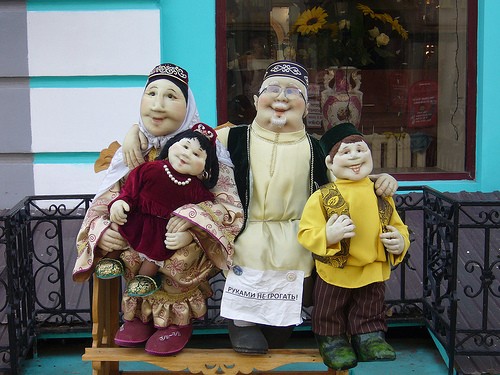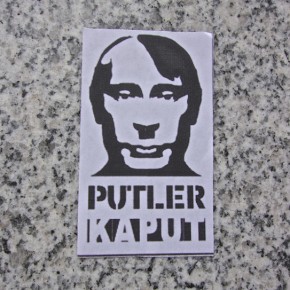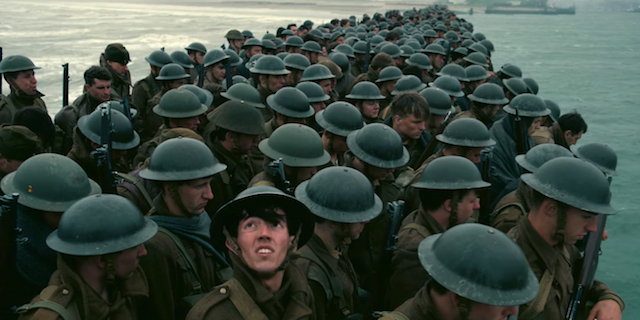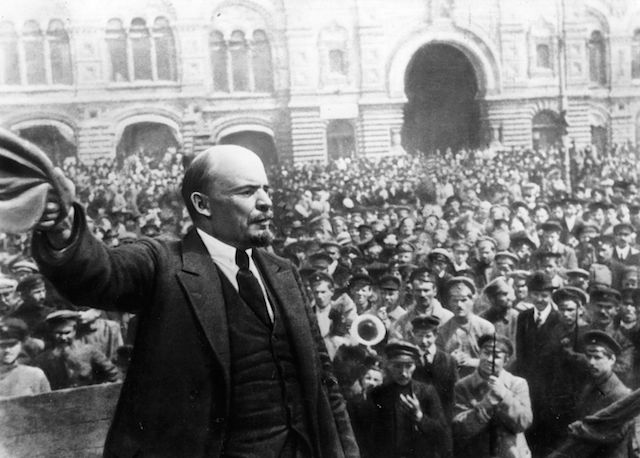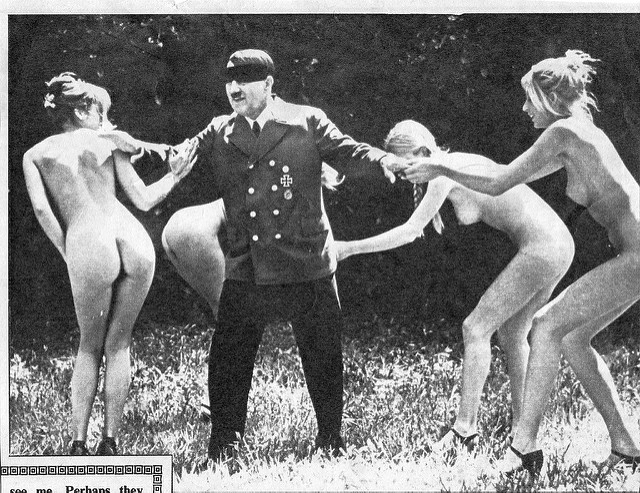“Oh that? It is complicated, you know?” Cemal Bey was not talking about his çibörek, which is cause enough for savory surprise. Customers in his small restaurant in Çanakkale can expect a treatise on the food if he opens his mouth. Of course, there is more to Tatar culture than çibörek. We discussed the referendum in his homeland of Crimea.
“We will see on Sunday [March 16, the day of the referendum]. It is difficult to say now.”
This incredibly senatorial stance taken by the proprietor of Çanakkale’s only Tatar restaurant is belied by the Pan-Turkist décor. Crimean Tatar flags – sky blue with a golden T-shaped brand – go alongside Ataturk imagery and hagiographic photographs of the Turkish armed forces. Indeed, in his words, to be a Tatar in Turkey is like being a Turk, but moreso.
It is common in Turkey to answer “where are you from?” with one’s ethnic origins. This does not always hold the same xenophobic edge as it does in the United States. Many Turkish-speakers are grateful for the opportunity to explain complicated identities. It can even give foreigners who hail from formerly-Ottoman lands the ability to be claim themselves as Turks. Individuals from the Ottoman-Russian shatter zone quickly discover how complicated that grey area can be.

A rule of thumb for analyzing the region’s 20th century history is that the Jews fled to America, the Muslims fled to Turkey, and the Christians got nation-states. Like all rules of historical thumb, this obfuscates as much as it clarifies. But if you are one of the experts, self-styled or not, it might help explain Crimea. It certainly explains our friend Cemal.
His grandfather came to the Ottoman Empire via Romania in 1917, picking his way along the bloody Black Sea coast just as the Russian Revolution was beginning and World War I was coming to a close. He, like many muhacirler, was able to find a farm in a country emptied by the trenches.
Cemal is a third-generation Crimean with family throughout the smaller cities of western Turkey: Bandırma, Uşak, and Eskişehir (home of perhaps the most famous Crimean Turk, basketball player Ersan Ilyasova.) Eskişehir is known throughout Turkey for its Crimean population, who have come to the city due to their ability to grow wheat, at least, according to Cemal.

There are worlds of differences between the adjectives “Crimean,” “Tatar,” and “Turk.” Crimean Tatars are only a subset of the greater Tatar population, a population historically focused on the Volga River. However, “Tatar” is as ethnically and linguistically diverse a demonym as, say, “European.” People as different as Olympic hero Aliya Mustafina, and American film star Charles Bronson, identify as Tatars. And although Tatars speak a Turkic language similar to the Turkish of the modern republic, Pan-Turanism is as historically cogent to many Tatars as Pan-Europeanism (not all of them, though, and it is often mobilized in creepily proto-fascist ways).
Much of this diversity is being threatened. The present-day idea of the Crimean Tatar community as a coherently Sunni unit controlled by a Qurultay is innacurate given a historical reality full of Tatar heterodoxy. This includes two separate Jewish communities, Krymchaks and Karaites. The latter of the two practiced non-rabbinic Judaism and were far enough removed from Ashkenazi Jews to be considered non-Jewish by an invading Nazi Germany. The rest of the Jewish community, decimated by a dual push of Stalinism and Nazi killings, mostly live on in a fortress called Chufut-Kale. There, many of them sing Ottoman folk songs that praise their women’s beauty.
The Russian Civil War, Holodomor, Stalinist purges, and most infamously the Sürgün, forced a mass exodus from Crimea into Central Asia during World War II. These various calamaties killed over half of the peninsula’s Tatar population and left the community marking their pain with a railroad symbol. The vast majority of self-identifying Crimean Tatars live on in Turkey, where men like Cemal – fortunate enough to have his ancestors flee before the genocides – attempt to keep the culture alive with food, remembrance ceremonies, and the Crimean T-shaped Tamga.
Cemal explains Crimean history over çibörek. Placemats are adorned with Ismail Otar‘s poetry, and on the wall, there is a Turkish-language poster crying out Cemal’s version of a Tatar mantra, “Never relinquish our çibörek!” Another poster patiently describes how it is spelled “çibörek” after the “cheee” sound made when a fresh pastry is opened, and not “çiğbörek,” the Turkish mis-spelling that literally means “raw pastry.”

Although the numerous portraits of Ataturk did not mean that he is privileging his Turkish identity, it did imply a certain level of nationalist pride. Cemal proudly asserts that his flag is Turkish, and that his country is Turkey. He is proud to note that Turkey’s foreign minister Ahmet Davutoğlu is working to safeguard Crimea’s Tatar population in light of the current crisis in Ukraine.
Although many Tatars returned to Crimea after the fall of the Soviet Union, especially from the Central Asian communities where they were forcibly relocated by Stalin, Cemal has remained. He says he has no family in Crimea anymore, and besides, he likes it where he is.
After all, for Cemal, being Tatar just means being Turkish, but moreso. Rightly so. Turkey saved Cemal’s family from the horrors of 20th century Crimea, and also gave them the opportunity to eat çibörek in peace. What more could he ask for?
Photographs courtesy of Britta, dotpolka, migrationmuseum, and the author. Published under a Creative Commons License.
